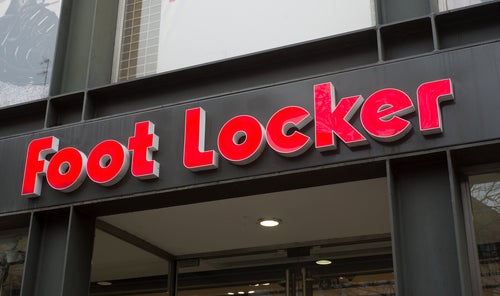According to GlobalData’s analytics, mentions of “direct to consumer” (D2C) in apparel company filings increased threefold between 2019 and 2022.
The enthusiasm for direct-to-consumer apparel sales channels had appeared to be waning as several high-profile companies reported significant wholesale growth and interest.
In March, US sports brand Nike reported that its wholesale revenues grew 12% in its third quarter ending 28 February 2023, following growth of 19% during the previous quarter.
In June, this pivot back towards wholesale distribution (which included new partnerships with US stores Designer Shoe Warehouse and Macy’s) was billed by Nike CEO John Donahoe as “a continued evolution” of its strategy to reach as many customers as possible.
Many analysts, however, took a more sceptical view and wondered whether the move was merely a bid to clear bloated inventory levels and achieve short-term profit objectives.
Now, the landscape appears to be more mixed.
In its quarterly report published 4 August, US sports brand Skechers reported that its D2C sales had increased by 27.1% whereas its wholesale sales had shrunk by 1%. Meanwhile, its D2C gross margin was 26% wider than its wholesale margin.
US footwear brand Crocs also reported weak wholesale growth of 3% in Q2 2023 compared to Q2 2022, while D2C revenue grew by 25%.
American sportswear company Under Armour, however, remained highly reliant on wholesale channels which represented 59% of net revenues in FY2023 and reported wholesale growth revenue of 5.9%.
Meanwhile, in July, the direct to consumer Canadian athleisure brand Lululuemon signed a deal with German retailer Zalando to expand its distribution in Europe – a way of reaching millions of new customers.
Our signals coverage is powered by GlobalData’s Thematic Engine, which tags millions of data items across six alternative datasets — patents, jobs, deals, company filings, social media mentions and news — to themes, sectors and companies. These signals enhance our predictive capabilities, helping us to identify the most disruptive threats across each of the sectors we cover and the companies best placed to succeed.















